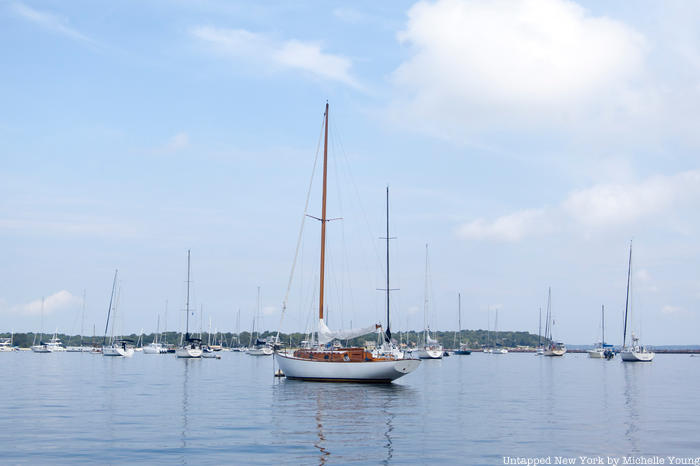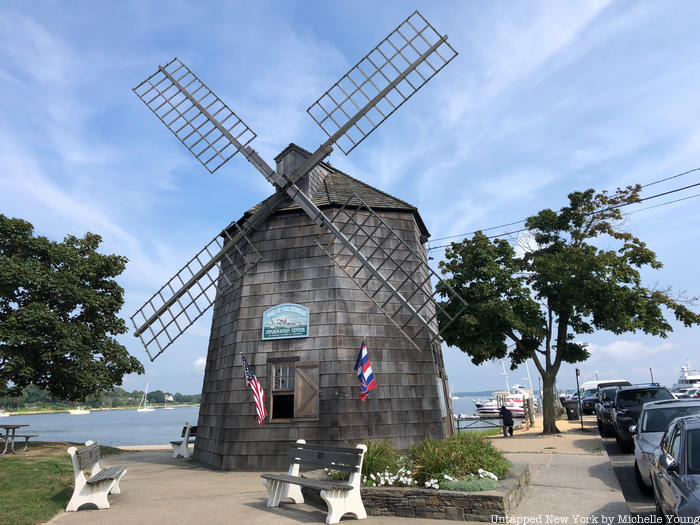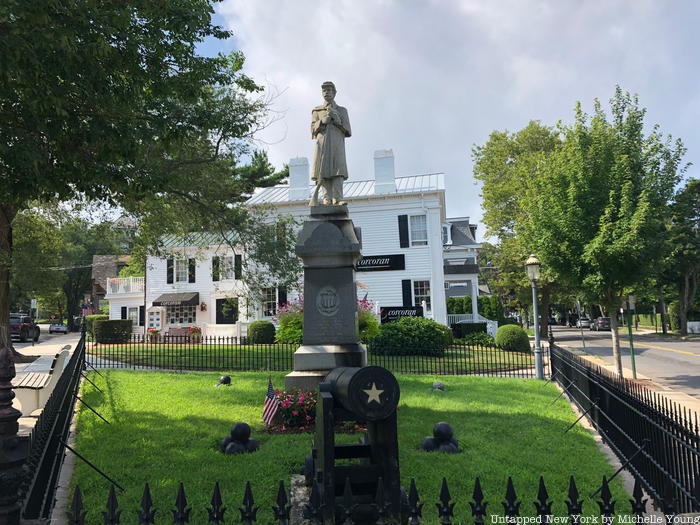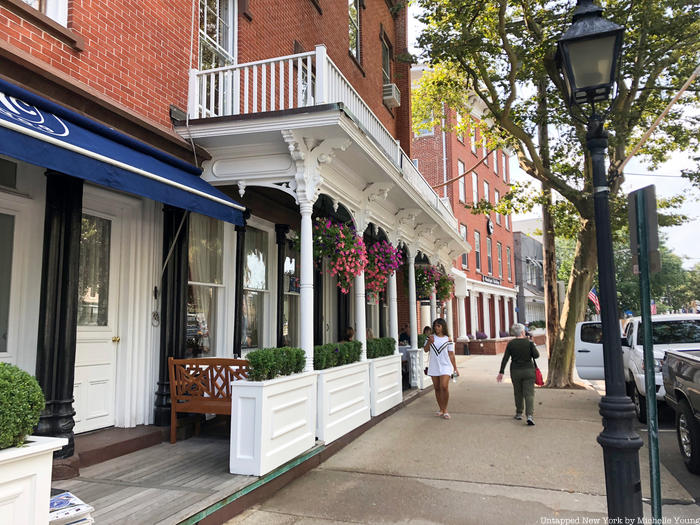4. Sag Harbor
Sag Harbor is a small village in the Towns of East Hampton and Southampton known for its beautiful views and a lively downtown with upscale restaurants and shops. First settled by the English in the early 1700s, Sag Harbor most likely takes its name from a tuber grown by the Pequot known in Algonquian as sagabon. During the Revolutionary War, Continental Army forces under the command of Colonel Return Jonathan Meigs raided a British Loyalist party and captured 90 British soldiers in Sag Harbor in what became known as the Meigs Raid.

Following the war, Sag Harbor became a major whaling center, and the Second Continental Congress would choose Sag Harbor as the first official port of entry into the U.S. in 1789. Sag Harbor’s whaling industry is mentioned in Herman Melville’s work Moby Dick in four different chapters, and the whaling industry grew as a result of the efforts of many African American whalers like Paul Cuffee. In 1843, ship captain Mercator Cooper is credited with the first formal American visit to Tokyo and mainland East Antarctica, both trips leaving from Sag Harbor. The village was also the site of torpedo testing during World War I, which was observed by Thomas Edison. Authors like the poet George Sterling were born in Sag Harbor, and John Steinbeck lived in Sag Harbor for the last 13 years of his life.

Sag Harbor was home to one of the earliest African-American beachfront communities in the United States, and many historic houses still exist in areas like Sag Harbor Hills, Azurest, and Ninevah. The entire Sag Harbor Village District is included in the NRHP, as are the First Presbyterian Church and the William A. Barnum Boathouse. A number of other historic buildings throughout Sag Harbor include Temple Adas Israel, the oldest synagogue on Long Island, the summer home of President Chester A. Arthur, and the Old Whaler’s Church. Although temporarily closed, the Sag Harbor Whaling & Historical Museum houses artifacts from the 1800s during the height of the whaling industry, and the Sag Harbor Customs House on Main Street dates back to 1765. In addition to numerous walkways by the water, Sag Harbor is home to Mashashimuet Park and Otter Pond, and the World War I Memorial on Main Street.

Sag Harbor’s restaurant scene leans heavily towards American bistros and Italian restaurants, but each eatery has a unique small village charm. Eateries like Page at 63 Main offer rather upscale American fare with an emphasis on seafood, while The Beacon serves up seafood dishes like lobster rigatoni and sesame crusted tuna. More casual places like Harbor Market & Kitchen and Dockside Bar and Grill offer options like sandwiches and pizza, and Italian eateries like Il Capuccino Ristorante offer homemade pastas. Estia’s Little Kitchen serves eclectic Mexican-American fare, while Sag Harbor Baking Company and Grindstone Coffee & Donuts is a great place for dessert after a meal by the water.






